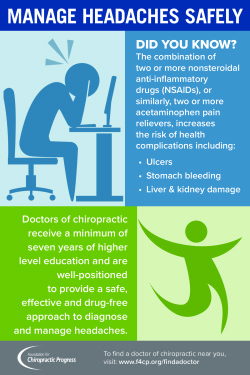Prepare To Reveal The Interesting Cellular Communications Of Cold Laser Treatment And Exactly How It Uses Light For Recovery-- Dive Deeper Right Into The Science!
Prepare To Reveal The Interesting Cellular Communications Of Cold Laser Treatment And Exactly How It Uses Light For Recovery-- Dive Deeper Right Into The Science!
Blog Article
Produced By-Krog Roman
You may have heard of cold laser treatment as a promising treatment alternative for different conditions, yet have you ever asked yourself exactly how it in fact works on a cellular level? Comprehending the systems behind this treatment can shed light on its performance in advertising healing and lowering inflammation. By checking out the science behind cold laser therapy, you'll acquire understandings into the fascinating methods which light can affect cellular processes and help with cells repair work.
Just How Cold Laser Treatment Functions
To comprehend exactly how cold laser therapy works, you require to comprehend the fundamental concepts of how light energy engages with organic tissues. Cold laser treatment, additionally referred to as low-level laser treatment (LLLT), uses specific wavelengths of light to penetrate the skin and target hidden cells. Unlike the intense lasers utilized in surgical procedures, cold lasers send out low levels of light that don't create heat or trigger damages to the cells.
When laser therapy for quitting smoking reach the cells, they're soaked up by parts called chromophores, such as cytochrome c oxidase in mitochondria. https://jaidenvmdtj.smblogsites.com/30246276/cold-laser-treatment-gadgets-the-growing-choice-for-home-usage-over-clinics sets off a collection of biological responses, consisting of boosted cellular power manufacturing and the release of nitric oxide, which enhances blood circulation and reduces swelling.
Additionally, the light power can additionally stimulate the production of adenosine triphosphate (ATP), the power money of cells, helping in cellular fixing and regrowth processes.
Basically, cold laser treatment takes advantage of the power of light energy to promote recovery and alleviate discomfort in a non-invasive and mild manner.
Systems of Activity
How does cold laser treatment actually function to produce its therapeutic results on organic tissues?
Cold laser treatment, also called low-level laser treatment (LLLT), runs through a process called photobiomodulation. When the cold laser is related to the skin, the light energy permeates the tissues and is soaked up by chromophores within the cells.
These chromophores, such as cytochrome c oxidase in the mitochondria, are after that boosted by the light energy, resulting in a cascade of organic reactions. One vital mechanism of action is the improvement of mobile metabolism.
The soaked up light energy boosts ATP production in the mitochondria, which is vital for cellular feature and repair service. Additionally, cold laser therapy helps to lower swelling by preventing inflammatory arbitrators and promoting the release of anti-inflammatory cytokines.
This anti-inflammatory effect adds to pain alleviation and tissue recovery.
Therapeutic Results
Comprehending the restorative impacts of cold laser treatment includes identifying exactly how the boosted mobile metabolic process and anti-inflammatory properties add to its positive end results on organic tissues.
When the cold laser is put on the damaged location, it stimulates the mitochondria within the cells, resulting in enhanced production of adenosine triphosphate (ATP), which is important for cellular feature and repair. This increase in mobile energy increases the healing process by promoting cells regeneration and decreasing inflammation.
Moreover, the anti-inflammatory properties of cold laser therapy help to lower pain and swelling in the targeted area. By inhibiting inflammatory conciliators and promoting the release of anti-inflammatory cytokines, cold laser therapy help in minimizing discomfort and enhancing the overall healing reaction.
This reduction in swelling not only gives instant relief but also sustains long-term tissue repair service.
Final thought
In conclusion, cold laser therapy works by promoting cellular repair and cells regrowth via photobiomodulation. Its anti-inflammatory residential or commercial properties supply discomfort alleviation and decrease swelling by preventing inflammatory mediators.
This treatment provides an extensive method to recovery, delivering both prompt relief and lasting cells fixing advantages.
Through its systems of activity, cold laser therapy confirms to be a reliable and encouraging therapy choice for a selection of conditions.
